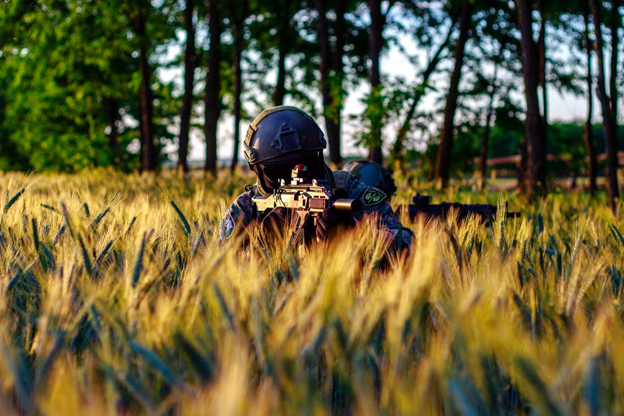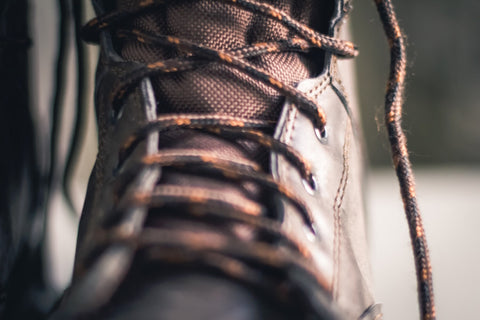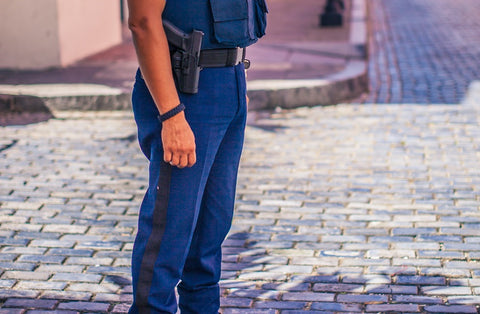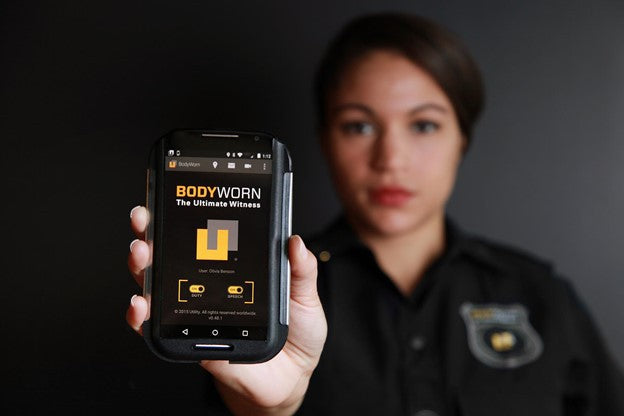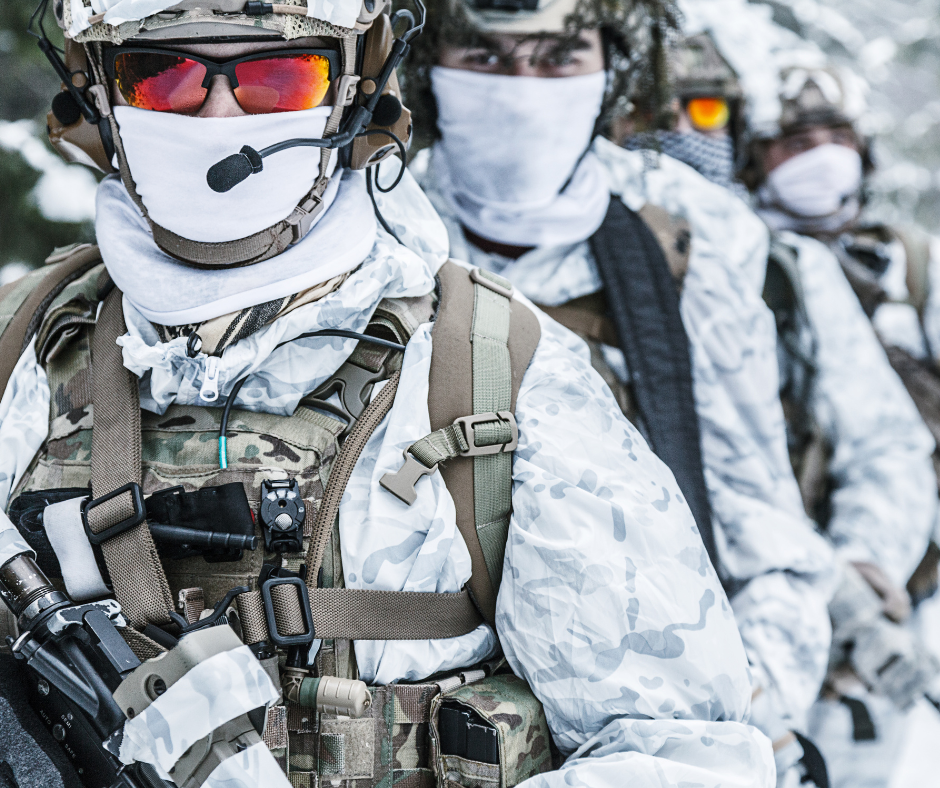How Breathalyzer Tests Work

Breathalyzer Tests: Alternatives, Methods, and More
Thousands of people die at the hands of drivers who are under the influence each year.
Keeping drivers who are under the influence off the road is one of the most important things for modern safety – and breathalyzers are the most commonly used tools in identifying drivers who are under the influence.
Breathalyzers are reliable and provide valuable results on the spot, making them an extremely useful tool for officers patrolling the road.
Read below to learn how these tools work, what alternatives may be used, and more.
What Is A Breathalyzer Test?
‘Breathalyzer’ is short for ‘breath analyzer,’ so, as you’d expect, the device analyzes the breath of its user. Specifically, it is a device that measures the ‘breath alcohol content’ that a person emits.
When someone drinks alcohol, it is quickly absorbed into the bloodstream. It is vaporized and carried into the lungs – making it easy to pick up from someone’s breath. That’s why many say they can tell when someone is intoxicated by smelling their breath.
Breathalyzers detect alcohol content in breath and report a percentage immediately. This data is accurate enough to be relied upon to make arrests and be used as evidence in court.
How Breathalyzer Tests Work
Breathalyzers produce quick results, but the technology is very complex. Read below to learn about the steps that lead to a breathalyzer test’s results.
How Alcohol Affects The Body
Alcohol is infused into the body differently than nutrients. Here’s what happens when you consume alcohol:
-
Alcohol slows down your central nervous system, ultimately limiting your motor coordination skills, reaction times, and thinking.
-
Alcohol enters the stomach and small intestine, allowing blood vessels to carry it into the bloodstream.
-
Alcohol is then metabolized by the liver, which affects how long the feeling of being intoxicated lasts.
-
Alcohol is vaporized and brought to the lungs, making it easy to pick up on how intoxicated someone is from their breath.
Contents of a Breathalyzer Device
There are plenty of breathalyzer devices out there, but the most simple version is the size of a cell phone and includes a mouthpiece for the user to breathe into and two ‘chambers.’ These contain an orange or red liquid that is made up of potassium dichromate. Usually, it will change colour upon reacting with alcohol – a stronger colour change indicates a higher level of alcohol.
Breathing Into a Breathalyzer Device
If someone is suspected to be under the influence while driving, an officer may ask them to take a breathalyzer test. Officers cannot force drivers to take the test, but refusing the test itself is a criminal offence that officers can charge drivers with – and the penalty is the same as if they took the test and alcohol was indicated.
Chemical Reaction
There are two aspects of the chemical reaction that occurs in a breathalyzer test:
-
Reduction – this happens when a compound loses oxygen and gains hydrogen. In a breathalyzer, this makes the orange liquid turn green.
-
Oxidation – this happens when an element combines with oxygen leading to the creation of an oxide. In a breathalyzer, this happens when ethanol gets oxidized to create acetic acid.
-
Ultimately, these both happen at the same time to produce the breathalyzer’s results.
Colour Change
Upon a chemical reaction, the breathalyzer’s liquid will turn to green if any alcohol is picked up. It will also supply data pertaining to how much alcohol was in the person’s system – this will determine if the driver is over the legal limit for the region they’re driving in.
Breathalyzer Alternatives
Intoxilyzer
While breathalyzers use liquid chemicals that change colour upon interacting with alcohol, intoxilyzers do something different: these devices analyze breath using ‘infrared spectroscopy’ – a process that involves analyzing molecules to tell how they interact with light.
Test Strips
Some brands make ‘alcohol strips,’ which interact with the user’s saliva or even their sweat to indicate alcohol levels. This is a new technology, and most regions don’t count these as producers of valid results for legal purposes.
Recommended Alternatives To Driving Under The Influence
Police officers, municipalities, and community leaders are all dedicated to reducing the phenomenon of drunk driving and the injuries and fatalities that stem as a result.
These are often the methods of travelling that are recommended when one is under the influence:
-
Always be prepared – have a ‘designated sober driver’ whenever possible
-
Take a taxi – if you cannot call one yourself, ask the establishment’s staff to call one for you
-
Use public transit
-
Walk with someone who is sober
Conclusion
Communities should work together to ensure drunk driving is reduced as much as possible. Finding alternatives to drunk driving, as well as keeping those intoxicated off the road, can save lives. When law professionals are equipped with the right gear, they can keep roads safe.



